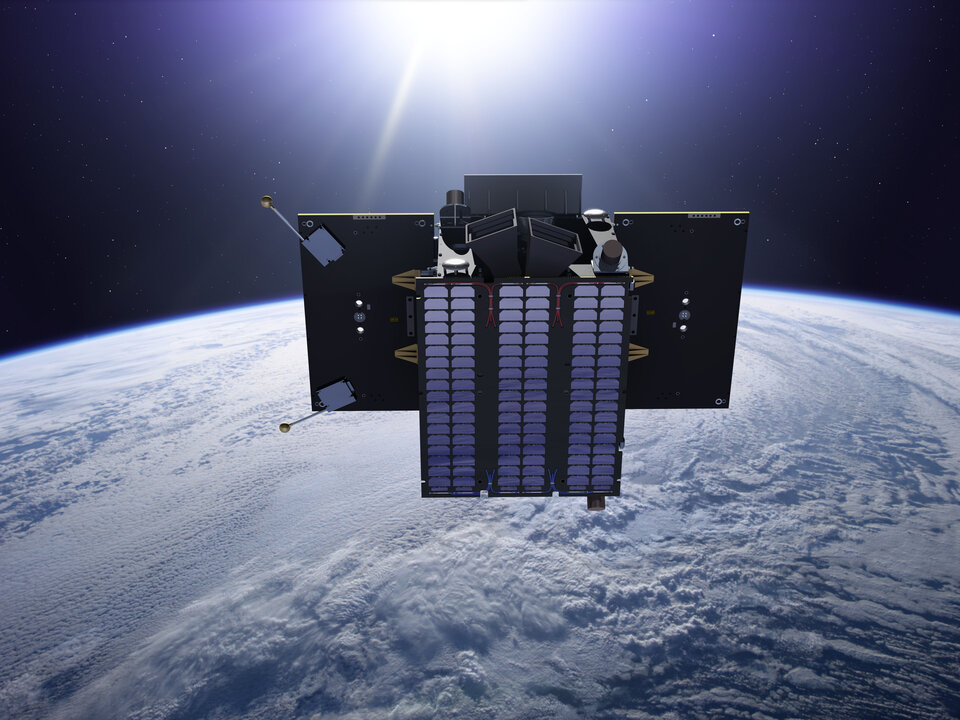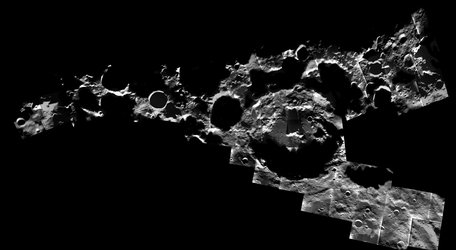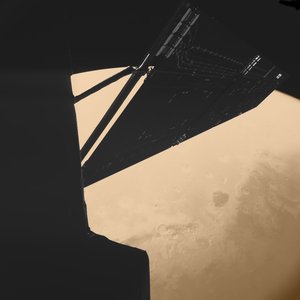Sun-watching Proba-2 keeps small eye on Earth
While ESA’s Proba-2 keeps its main instruments trained on the Sun, it is also looking back to its homeworld. This wide-angle view of Earth comes from an experimental camera that is smaller than an espresso cup.
The Exploration Camera (X-Cam) is carried on the underside of Proba-2, one of 17 new technologies being tested by the mini-satellite. Observing in the visible and near-infrared with a 100° field-of–view, its monochrome images resemble what an astronaut might see if elevated to Proba-2’s 800 km orbit.
The image shows southern Argentina including Buenos Aires (top left) and the Rio Negro river.

X-Cam was designed by Swiss company Micro-Cameras & Space Exploration. It is the latest in a series of miniature cameras built by the company for previous ESA missions including Proba-1, SMART-1 and Rosetta.
“X-Cam has a lot of components, capability and embedded intelligence we need to test,” said Stephane Beauvivre of Micro-Cameras & Space Exploration.

“It’s really designed for exploration, which means we won’t know what scene we’re looking at, how far away it is and what exposure time is best. Rather than relying on trial and error, the camera’s intelligence makes sophisticated ‘automatic’ exposures, offering onboard quality control to deliver the best possible images. It also includes a lot of memory, which we need to check will stand up to prolonged radiation exposure.
“The opportunity to fly in this way aboard Proba-2 is very valuable. In our business, the only real technology demonstrations are in space – not guesses or ground tests but actual spaceflight.”
Similar compact imagers could in future keep watch on satellite surfaces to look out for damage or environmental effects. Micro-Cameras & Space Exploration will also fly cameras on ESA's ExoMars and BepiColombo science missions.
And in 2014 their miniature imager on Rosetta’s lander should provide us with our closest view yet of a comet’s surface.















 Germany
Germany
 Austria
Austria
 Belgium
Belgium
 Denmark
Denmark
 Spain
Spain
 Estonia
Estonia
 Finland
Finland
 France
France
 Greece
Greece
 Hungary
Hungary
 Ireland
Ireland
 Italy
Italy
 Luxembourg
Luxembourg
 Norway
Norway
 The Netherlands
The Netherlands
 Poland
Poland
 Portugal
Portugal
 Czechia
Czechia
 Romania
Romania
 United Kingdom
United Kingdom
 Slovenia
Slovenia
 Sweden
Sweden
 Switzerland
Switzerland






























